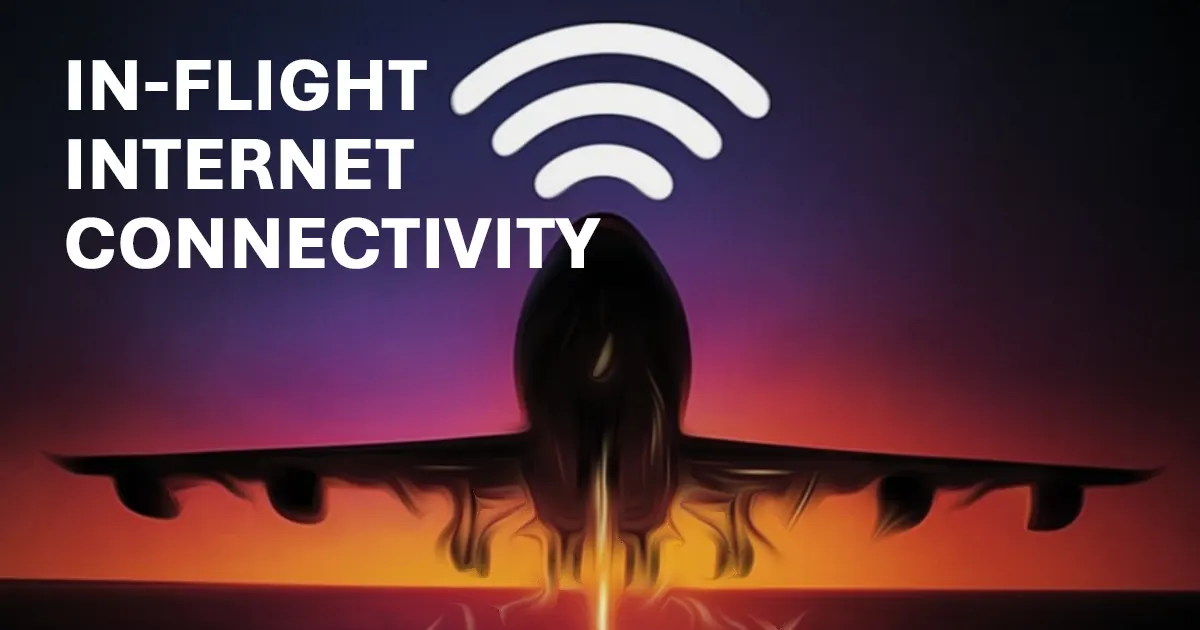GS 3 – Science and technology

Context: Tata Group’s Air India has announced the provision of free in-flight internet services on both domestic and international flights.
Connectivity Technologies:
In-flight internet is facilitated by two primary technologies: air-to-ground (ATG) and satellite-based connectivity. Both require special antennae to be installed on the aircraft.
- Air-to-Ground (ATG) Technology:
- An antenna, typically mounted on the aircraft’s belly, receives signals from the nearest ground-based cellular tower or receiver.
- The limitation of ATG technology is that it relies on the proximity of ground towers, meaning it works best only when the aircraft is within range of these towers.
- Satellite-based Connectivity:
- This system uses an antenna mounted on the top of the aircraft, offering a wider coverage area and more reliable service, especially when flying over regions that lack ground towers.
- Wi-Fi antennae are also placed inside the cabin to receive signals from passengers’ devices and connect them to the server via either ATG or satellite transmission.
Challenges:
- Slower Speeds: Despite the availability of these technologies, in-flight Wi-Fi is generally slower than traditional ground-based internet connections. This is due to the complex nature of data transmission and potential network congestion in the air.




